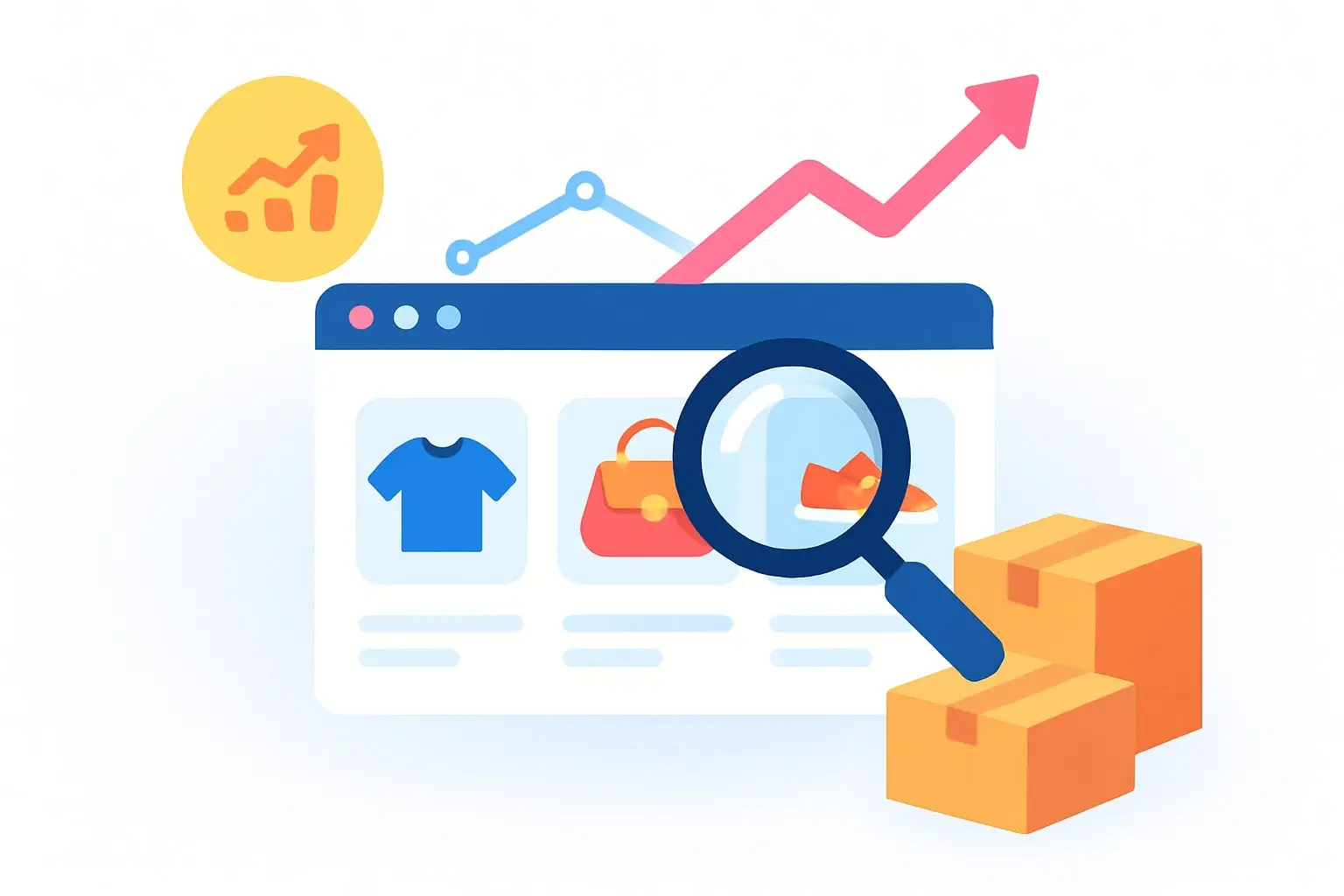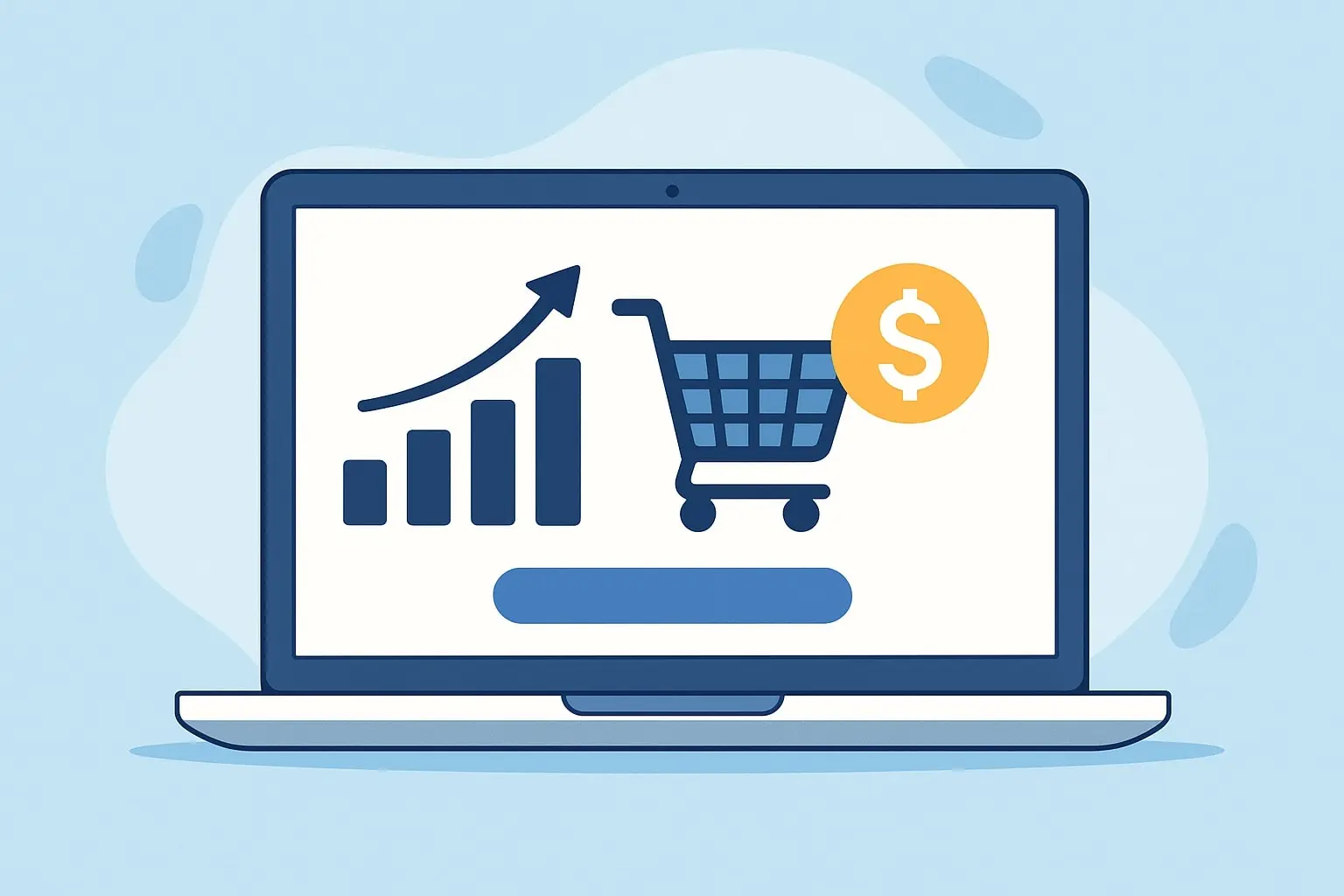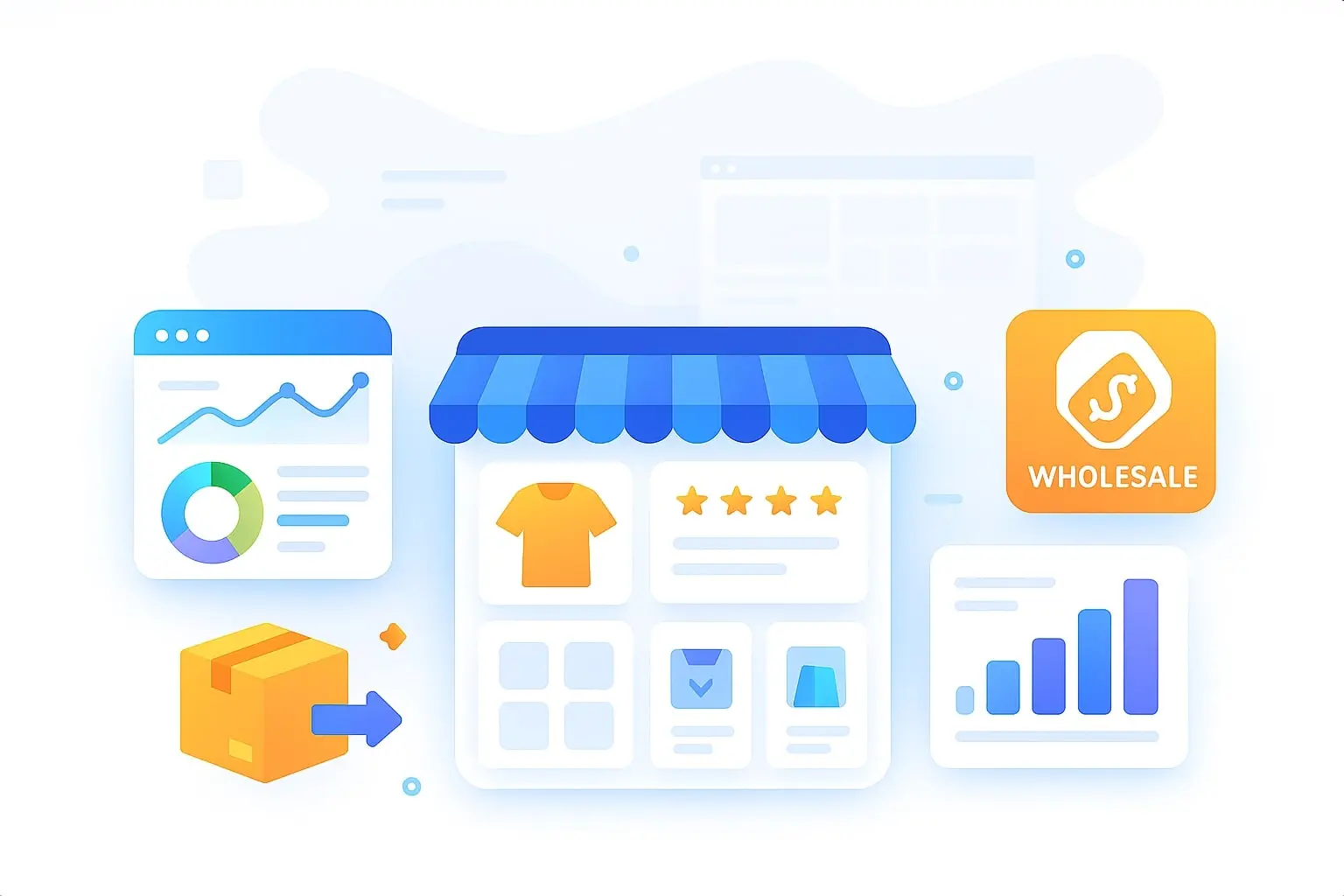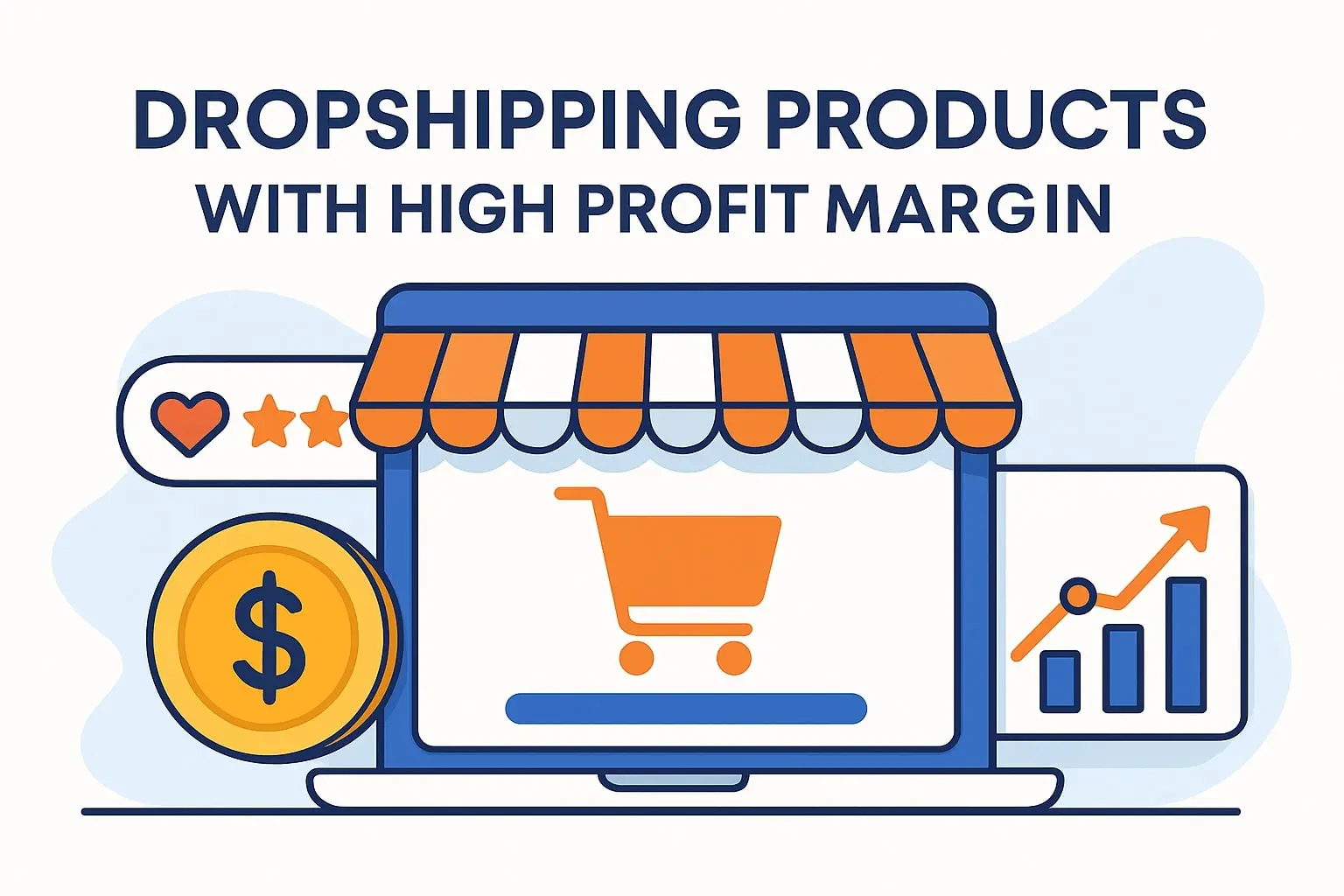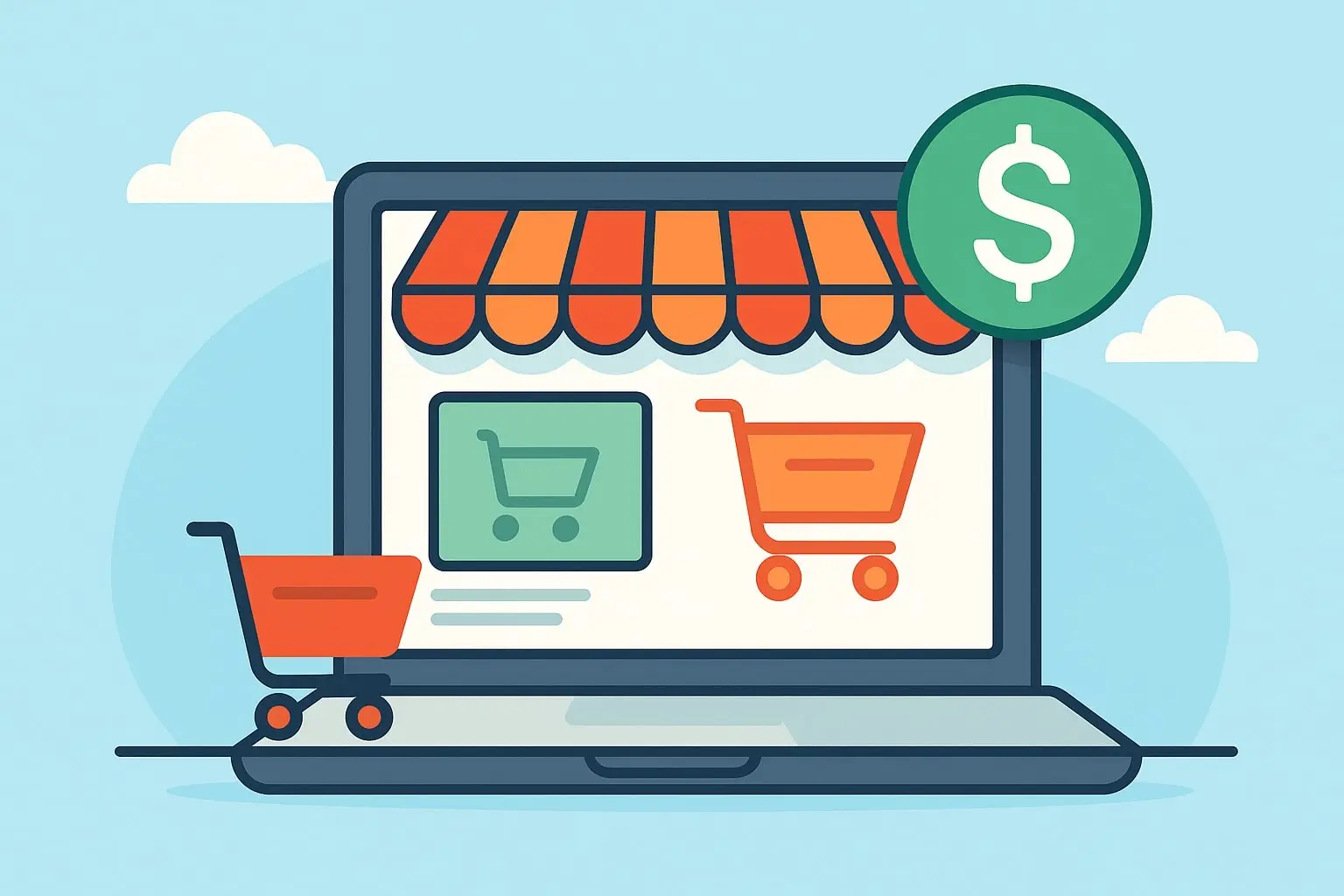Dropshipping vs Ecommerce: What’s the Difference & Which Is Better in 2025?
- Published on 2025-06-11
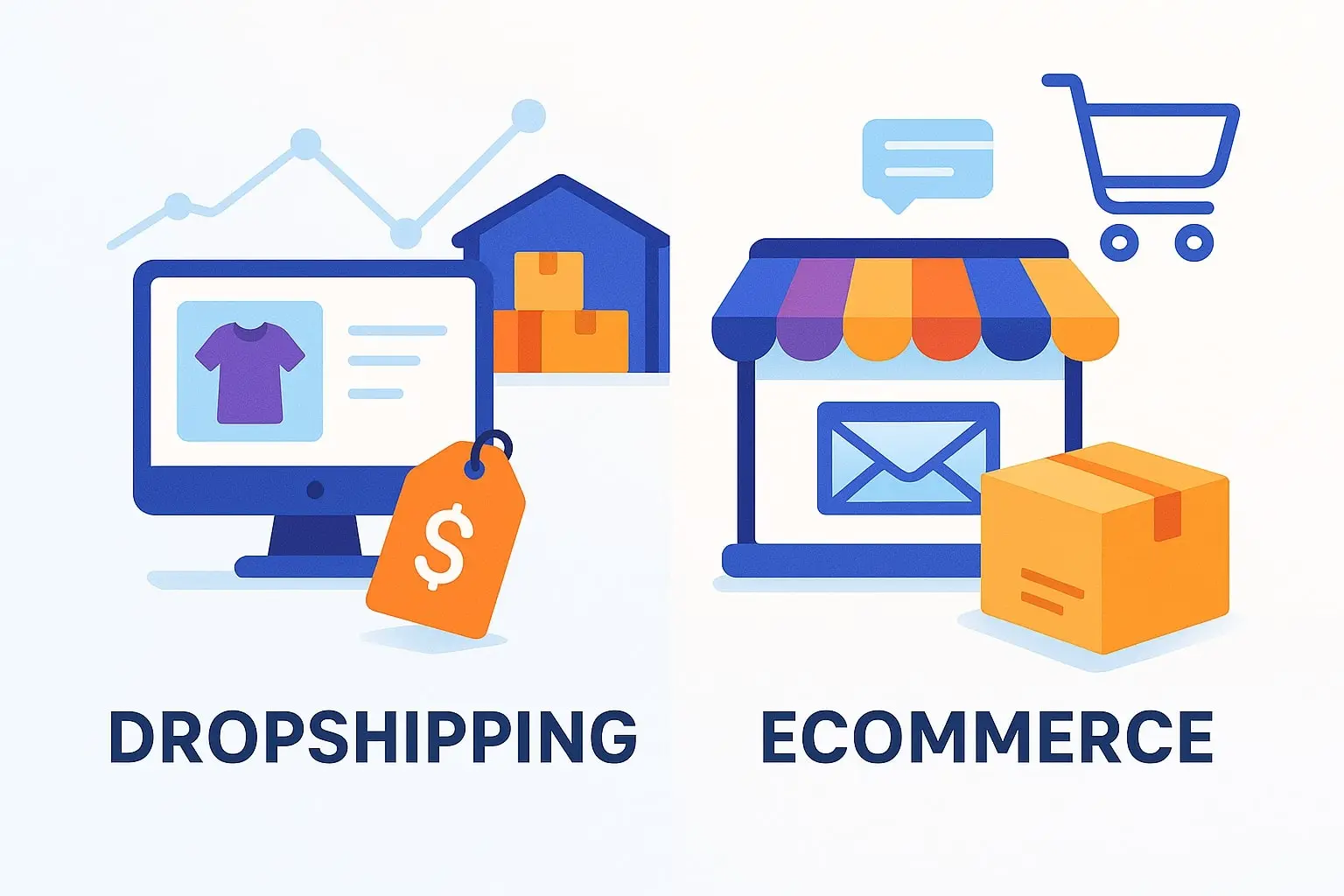
The eCommerce world is constantly evolving, and in 2025, entrepreneurs have more choices than ever when launching an online business. Two of the most popular models are dropshipping and traditional ecommerce—but what exactly sets them apart? And which one should you choose for your online store?
In this comprehensive guide, we’ll break down the key differences between dropshipping and ecommerce, compare their pros and cons, and help you decide which model is right for you in 2025.
🛒 What Is Ecommerce?
Ecommerce (short for electronic commerce) refers to the buying and selling of goods or services over the internet. When people think of ecommerce, they usually think of stores like Amazon, Shopify stores, or independent brands selling physical or digital products online.
In a traditional ecommerce model, the store owner:
- Purchases inventory upfront
- Manages stock in a warehouse or storage space
- Handles packing and shipping orders directly
- Is responsible for fulfillment and returns
This gives sellers full control over the customer experience but also comes with higher startup and operational costs.
📦 What Is Dropshipping?
Dropshipping is a type of ecommerce model that allows store owners to sell products without holding any inventory. Instead, when a customer places an order, the store owner forwards that order to a third-party supplier (like AliExpress, CJ Dropshipping, or a private supplier), who ships the product directly to the customer.
In a dropshipping model, the store owner:
- Doesn’t need to buy or store products upfront
- Focuses on marketing and customer service
- Relies on suppliers for product quality and fulfillment
🔍 Key Differences Between Dropshipping and Ecommerce
| Feature | Dropshipping | Traditional Ecommerce |
|---|---|---|
| Inventory | No need to buy or store | Must purchase and manage stock |
| Upfront Cost | Low | Medium to High |
| Profit Margins | Lower (due to supplier fees) | Higher (bulk purchasing) |
| Fulfillment | Handled by third party | Handled in-house |
| Scalability | Easier to scale quickly | Requires more logistics planning |
| Brand Control | Limited | Full control |
| Shipping Speed | Slower, depending on supplier | Faster (domestic fulfillment) |
| Customer Exp. | Less control | More control over packaging, delivery, support |
💰 Cost Comparison: Which Is More Affordable?
- Dropshipping is often cheaper to start. You can build a store with as little as $100–$300 by paying only for a Shopify plan, a domain, and some basic ads.
- Traditional ecommerce requires more capital to invest in inventory, storage, and fulfillment. Expect to spend at least $1,000–$5,000+ to launch a stocked ecommerce brand.
📈 Profit Potential: Which Is More Lucrative?
- Dropshipping has lower profit margins because you're paying suppliers retail-like prices. Margins are often between 10–30%.
- Ecommerce lets you buy in bulk, manufacture your own products, or build a brand—allowing for margins between 40–70% (or higher).
💡 Tip: Long-term brands that own inventory tend to build more loyal customers and higher valuations.
🚀 Ease of Launch & Scalability
If you're a beginner or want to test products without much risk, dropshipping is a great way to start.
If you're ready to invest in branding, logistics, and customer retention, ecommerce gives you more control and upside.
🧑💼 Who Should Choose Dropshipping?
- First-time entrepreneurs
- Low-budget startups
- People testing new niches or product ideas
- Influencers or marketers who want to focus on traffic and ads, not logistics
🧑💻 Who Should Choose Ecommerce?
- Brands looking to scale sustainably
- Entrepreneurs with startup capital
- Product creators or manufacturers
- Sellers who care about packaging, quality, and customer loyalty
📊 2025 Trends: How Dropshipping and Ecommerce Are Evolving
- Faster shipping is a must: Winning stores now use local warehouses (USA, UK, EU) even for dropshipping.
- AI-powered fulfillment is helping ecommerce brands automate logistics.
- Private-label dropshipping is growing—store owners partner with suppliers to customize packaging, logos, and product inserts.
- Branding matters more than ever: Customers prefer trustworthy, fast, and professional experiences. Dropshippers must work harder to earn trust.
🏁 Final Verdict: Dropshipping vs Ecommerce—Which One Wins?
There’s no one-size-fits-all answer. It depends on your goals.
| Goal | Best Model |
|---|---|
| Start a business with >$200 | Dropshipping |
| Build a long-term brand | Ecommerce |
| Sell trending products fast | Dropshipping |
| Control packaging and delivery | Ecommerce |
| Minimize risk and test ideas | Dropshipping |
| Maximize profit margins | Ecommerce |
In 2025, hybrid models are winning—many brands start with dropshipping to validate ideas, then switch to ecommerce once they gain traction.
✅ TL;DR
- Dropshipping is easy to start and low-risk but offers less control and lower profits.
- Ecommerce takes more investment but offers higher returns and better brand control.
- Your best choice depends on your budget, experience, and long-term goals.
